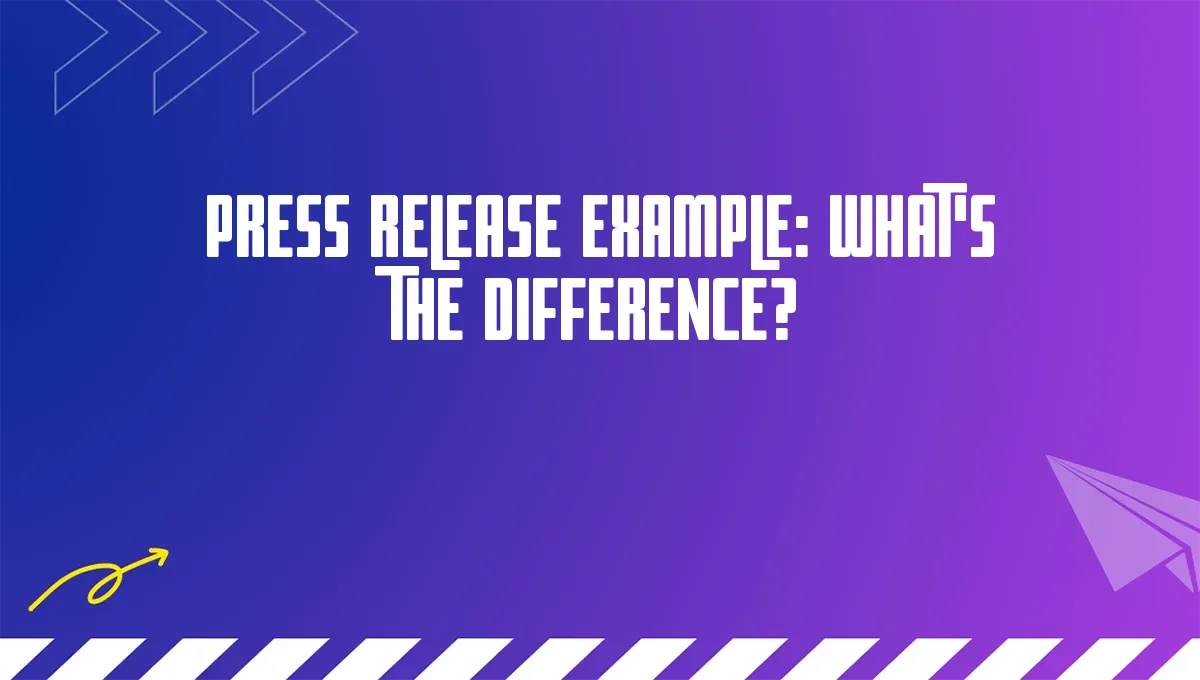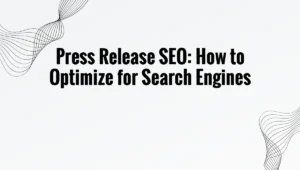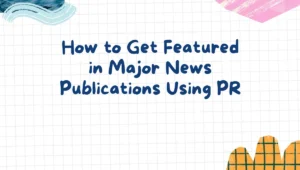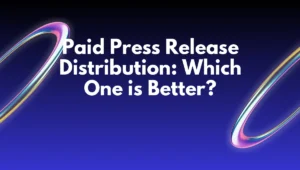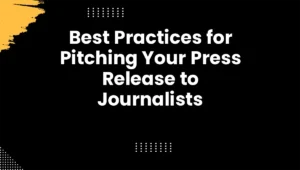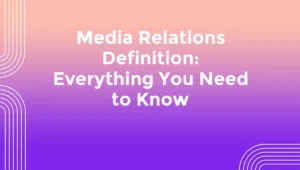In the fast-paced world of media and communication, understanding the nuances of press releases is essential for any brand looking to make its mark. At MillionairePR, we beleive that clarity is key. As companies strive to connect with their audience, the right press release can mean the difference between a story that fades into obscurity and one that captures headlines. But not all press releases are created equal; what might seem like a straightforward proclamation can vary considerably in style, purpose, and effectiveness. In this article, we explore the intricacies of press release examples, illuminating the distinct characteristics that set each type apart. By demystifying these effective communication tools, we aim to empower you with the knowledge to craft compelling narratives that resonate with both media and your audience. Join us as we navigate the landscape of press releases and uncover the art of impactful communication.
Understanding the Essence of a Press Release
At its core,a press release serves as a vital communication tool that bridges the gap between organizations and the public. Understanding its essence means recognizing that a press release is not merely a corporate announcement; it is a strategic narrative designed to convey essential information effectively. The aim is to inform, engage, and provoke interest among targeted audiences, including journalists, bloggers, and potential customers. This proactive approach fosters a positive public image and shapes the narrative surrounding a brand or association, ultimately influencing its perception in the marketplace.
Key elements that define a successful press release include:
- Clarity: The message should be straightforward and free of jargon.
- Relevance: It should address topics of interest to the audience.
- Timeliness: Information provided must be up-to-date to capture interest.
- Call to Action: Encourages further engagement or response from the reader.
When structured properly, a press release can effectively drive media attention and public engagement. Below is a rapid reference table showcasing the main components of a press release:
| Component | Description |
|---|---|
| Headline | A catchy title that summarizes the news. |
| Subheadline | Additional context to entice readers. |
| Body | The main content that provides detailed information. |
| Boilerplate | A standard description of the issuing organization. |
| Contact Information | Provides details for follow-up and inquiries. |
Key Elements that Distinguish Effective Press Releases
Effective press releases possess several distinguishing characteristics that elevate them above the ordinary. Clarity is paramount; each release should convey its message succinctly, utilizing straightforward language that captures the reader’s attention without diluting essential information. Inverted pyramid structure is often employed,where the most critical information is presented first,followed by supporting details.this structure ensures that busy journalists and readers quickly grasp the essentials, even if they don’t read the entire release. Other key elements include the inclusion of a compelling headline and a well-crafted lead paragraph that hook the audience right from the start.
The use of quotes from key stakeholders adds credibility and a human touch, transforming dry facts into engaging narratives. Moreover, effective press releases frequently enough include contact information for follow-up inquiries, enhancing accessibility and making it easier for journalists to dive deeper. Visual elements like images, infographics, or videos can also boost engagement, breaking up text and providing additional context. By adhering to these essential components, a press release can effectively communicate the desired message and ensure it garners the attention it deserves.
Crafting an Engaging Narrative for Your Audience
To truly capture your audience’s attention, a press release must tell a story that resonates. Rather of merely stating facts, weave in elements that highlight the human interest behind the news. Consider incorporating the following techniques:
- Visual Imagery: Use descriptive language that paints a vivid picture in the reader’s mind.
- Emotional Appeal: Tap into the emotions of your audience by sharing anecdotes or testimonials.
- Clear Structure: Present information in a logical order, making it easy for readers to follow the narrative.
A compelling press release goes beyond just delivering information; it builds a connection with the audience. By focusing on key elements, such as the *who, what, when, where,* and *why*, you can create an engaging story. A well-crafted announcement not only informs but also encourages the reader to take action. Below is a simple table summarizing the essential components of an effective press release:
| Component | Description |
|---|---|
| Headline | Grabs attention and summarizes the news. |
| Subheadline | Provides a further tease of what the announcement entails. |
| Body | Details the story, encompassing quotes and background information. |
| Call to Action | Encourages the audience to engage further, whether through visiting a website or attending an event. |
Essential Tips for Tailoring Press Releases to Different Outcomes
When crafting a press release, understanding the desired outcome is key to tailoring your message. Whether you aim to attract media attention, announce a product launch, or share company news, the tone and content must resonate with the target audience. A release intended for media outlets should focus on newsworthiness,incorporating compelling quotes and statistics,while a message directed at consumers may benefit from an engaging narrative that emphasizes the product’s features and benefits. Thus, consider these elements:
- Headline effectiveness: Ensure your headline captures attention while clearly reflecting the content’s purpose.
- Audience Awareness: Tailor the language and tone to match who you want to read it. journalists require hard facts, while customers respond well to relatable language.
- Call to Action: Make sure there’s a clear next step for your readers—be it a visit to your website, signing up for a newsletter, or trying a new service.
Additionally, structuring your press release appropriately aligns it with your goals. For example, if the aim is engaging stakeholders, consider incorporating a table that summarizes key points succinctly:
| Aspect | Media Attention | Consumer Engagement |
|---|---|---|
| Focus | Fact-based reporting | Relatable storytelling |
| Message Tone | Formal, direct | Conversational, inviting |
| Key Components | Data, quotes | Features, benefits |
Effectively tailoring each release not only enhances clarity but also increases the likelihood of achieving your specific communication objectives, aligning perfectly with MillionairePR’s mission to amplify your message successfully.
to Wrap It Up
understanding the nuances between different types of press releases can be the key to effective communication in a crowded media landscape. Whether it’s a product launch, a corporate announcement, or a crisis management statement, the structure and intent behind each type will dictate its impact. By recognizing these differences, PR professionals and businesses alike can tailor their messaging to resonate more deeply with their target audience, ultimately fostering stronger relationships and clearer narratives. as you craft your next press release, keep these distinctions in mind, and let your story shine through the noise. Remember, each press release is not just an announcement—it’s an opportunity to connect, engage, and inspire. Happy writing!
